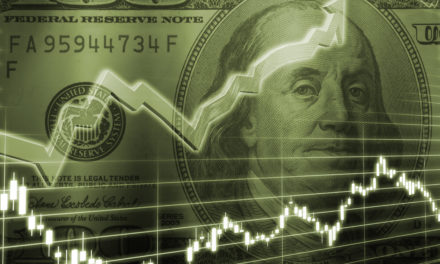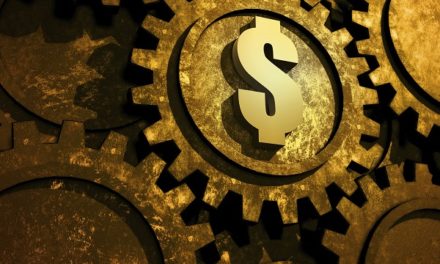
“Only buy something that you’d be perfectly happy to hold if the market shut down for 10 years.”
— Warren Buffett
Investors can learn a lot from Warren Buffett, whose above quote teaches the importance of thinking about investment time horizon, and asking ourselves before buying any given stock: can we envision holding onto it for years — even a ten year holding period possibly?
Suppose a “buy-and-hold” investor was considering an investment into Public Service Enterprise Group Inc (NYSE: PEG) back in 2012: back then, such an investor may have been pondering this very same question. Had they answered “yes” to a full ten year investment time horizon and then actually held for these past 10 years, here’s how that investment would have turned out.
| Start date: | 01/11/2012 |
|
|||
| End date: | 01/10/2022 | ||||
| Start price/share: | $31.15 | ||||
| End price/share: | $66.26 | ||||
| Starting shares: | 321.03 | ||||
| Ending shares: | 469.16 | ||||
| Dividends reinvested/share: | $16.94 | ||||
| Total return: | 210.87% | ||||
| Average annual return: | 12.00% | ||||
| Starting investment: | $10,000.00 | ||||
| Ending investment: | $31,077.77 | ||||
As we can see, the ten year investment result worked out quite well, with an annualized rate of return of 12.00%. This would have turned a $10K investment made 10 years ago into $31,077.77 today (as of 01/10/2022). On a total return basis, that’s a result of 210.87% (something to think about: how might PEG shares perform over the next 10 years?). [These numbers were computed with the Dividend Channel DRIP Returns Calculator.]
Notice that Public Service Enterprise Group Inc paid investors a total of $16.94/share in dividends over the 10 holding period, marking a second component of the total return beyond share price change alone. Much like watering a tree, reinvesting dividends can help an investment to grow over time — for the above calculations we assume dividend reinvestment (and for this exercise the closing price on ex-date is used for the reinvestment of a given dividend).
Based upon the most recent annualized dividend rate of 2.04/share, we calculate that PEG has a current yield of approximately 3.08%. Another interesting datapoint we can examine is ‘yield on cost’ — in other words, we can express the current annualized dividend of 2.04 against the original $31.15/share purchase price. This works out to a yield on cost of 9.89%.
More investment wisdom to ponder:
“In the long run, it’s not just how much money you make that will determine your future prosperity. It’s how much of that money you put to work by saving it and investing it.” — Peter Lynch




